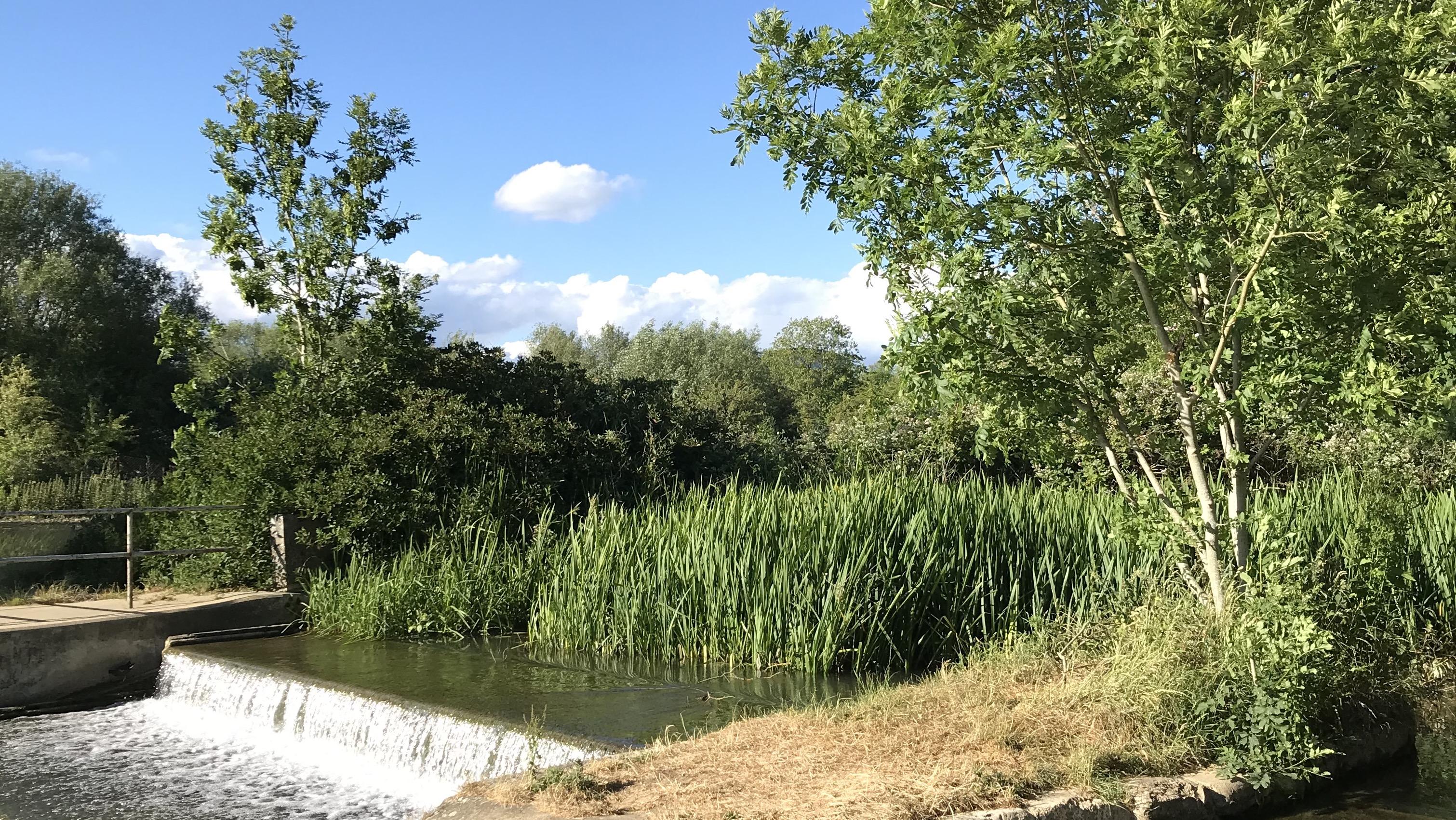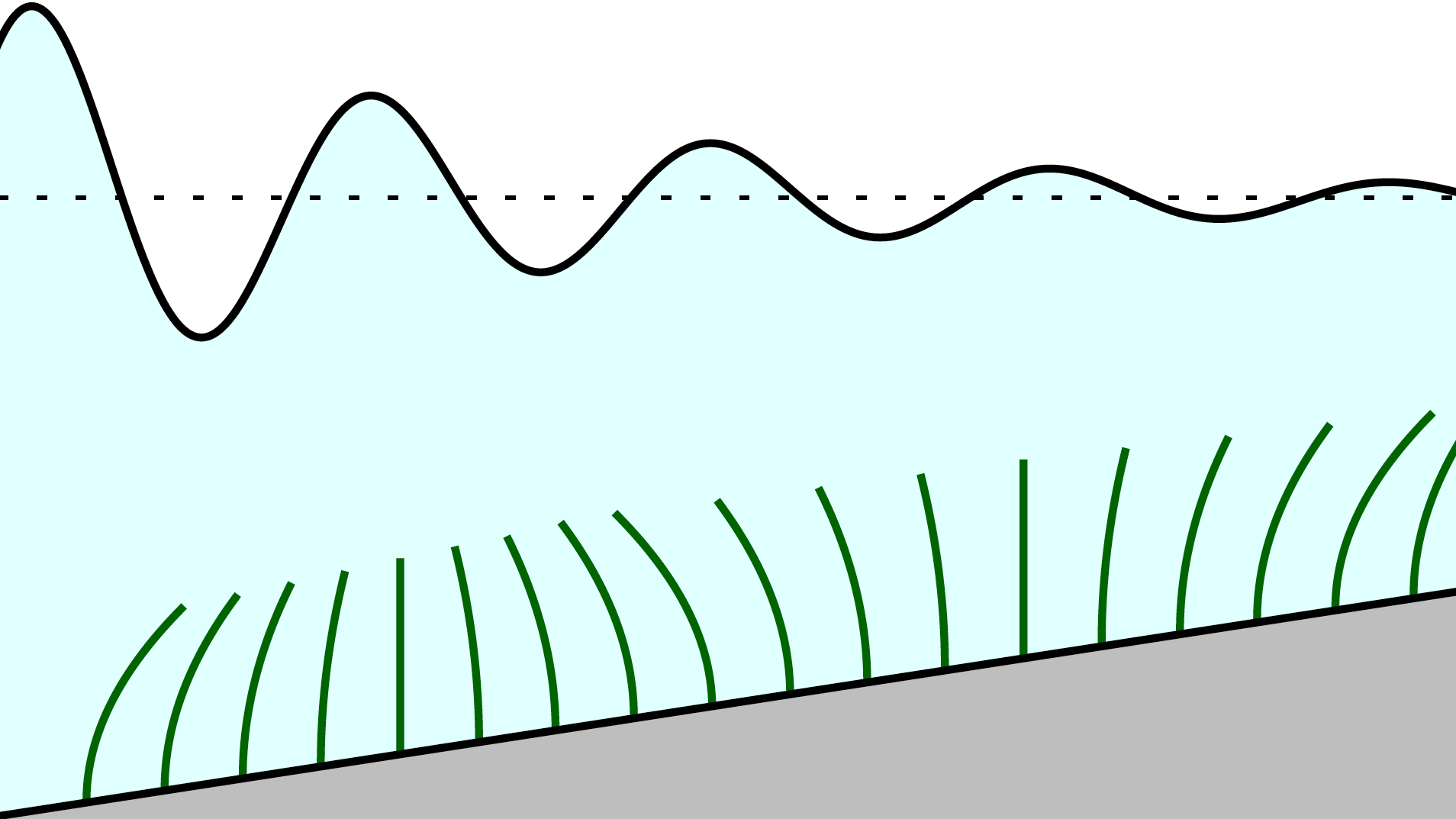Fluid Flow through Vegetation

- Researcher: Clint Wong
- Academic Supervisors: Jon Chapman and Philippe Trinh (University of Bath)
- Industrial Supervisors: Christopher Kees (CHL, USACE) and Aggelos Dimakopoulos (HRW)
Background
Climate change is increasing the frequency and severity of hydrological disasters. Hence, there is an increasing demand for novel solutions for flow management. In particular, there is a surging interest in understanding the capability of aquatic vegetation in attenuating coastal waves. Compared to artificial measures or obstacles, aquatic vegetation, which is abundant in nature, has the promising ability to adapt to the local environment and regrow after destructive events. However, due to the flexible nature of vegetation, it is challenging to analyse such scenarios quantitatively—each plant affects and is affected by the flow.
The aim of this project is to develop compact mathematical models that (i) assess the efficiency of various vegetative structures in attenuating both current- and wave-dominated coastal flows; (ii) provide fast predictions on wave attenuation under different environmental conditions.
 Outcomes
Outcomes
With techniques of homogenisation, we have derived the bulk properties of the vegetative layer in the domain. This allows us to approximate the vegetative as a continuum that incorporates the effects of individual plants in it. Furthermore, by exploiting the approximately periodic but slowly varying nature of coastal waves, we systematically derive differential equations which give fast predictions on both the evolution of the wave amplitude and the wave shape along coastal regions as they approach the shore. In particular, we have generalised the results from previous work and validated the asymptotic predictions with both large-scale numerical simulations and experimental data. The analysis of this work mainly divides into: (i) small-amplitude sinusoidal waves; (ii) intermediate-amplitude complex waves, and (iii) combined current-wave flows. At extreme events e.g. under a strong current in a storm surge, instabilities can also emerge, causing vegetation to synchronously oscillate with the flow at certain frequencies [1].

Figure 1: A coastal wave propagating from left to right over a sloping beach (in grey) that is covered by a vegetative layer (in green). The wave amplitude reduces with distance of propagation while individual plants oscillate with the flow synchronously.
Publications
[1] Wong, C. Y. H., Trinh, P. H., and Chapman, S. J. Shear-induced instabilities of flows through submerged vegetation, Journal of Fluid Mechanics, 2020. [link]

